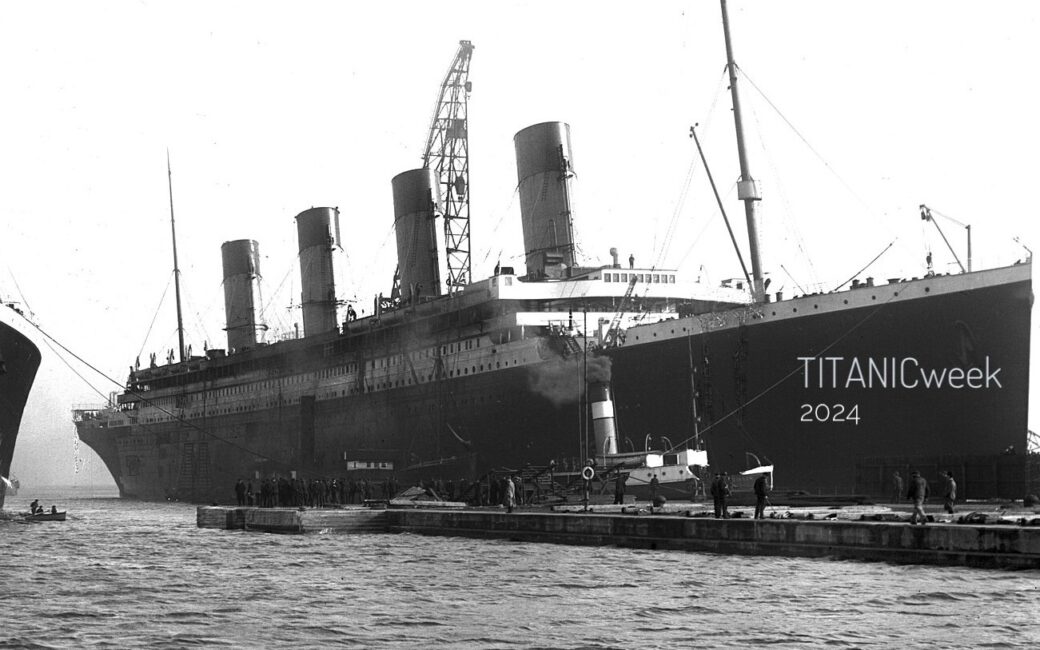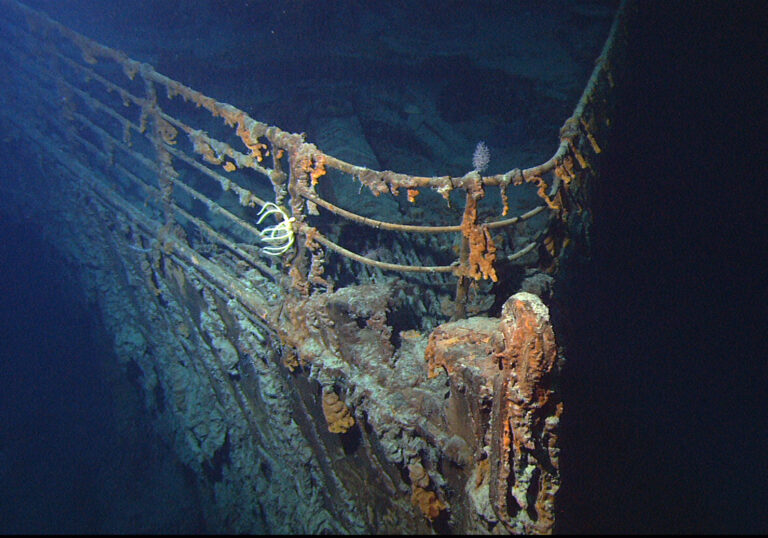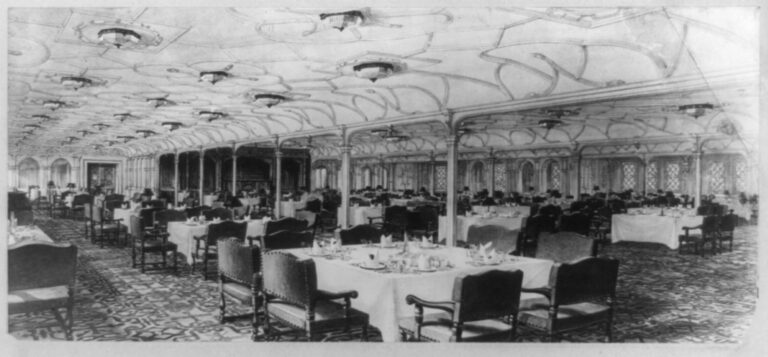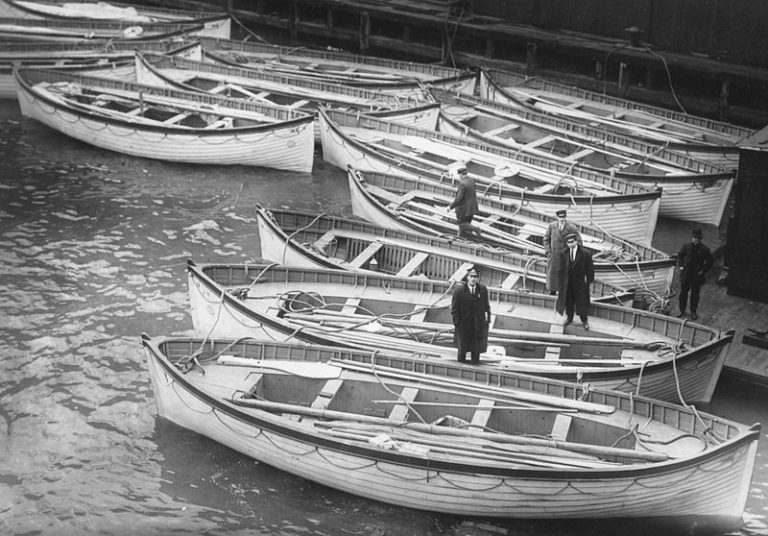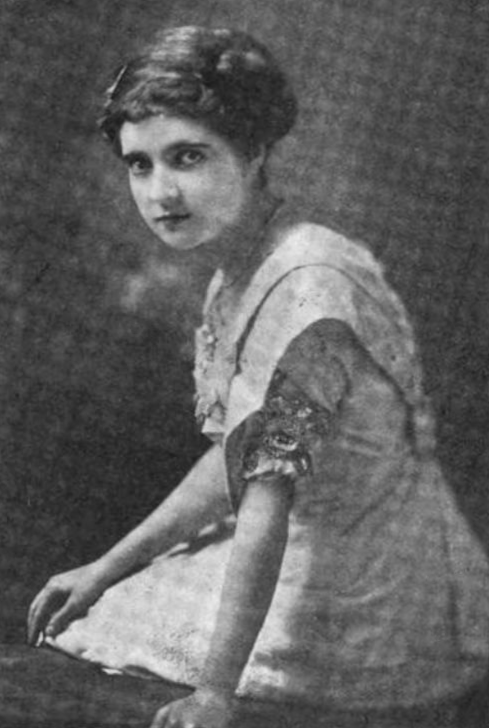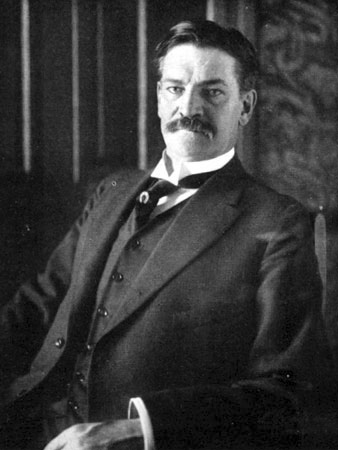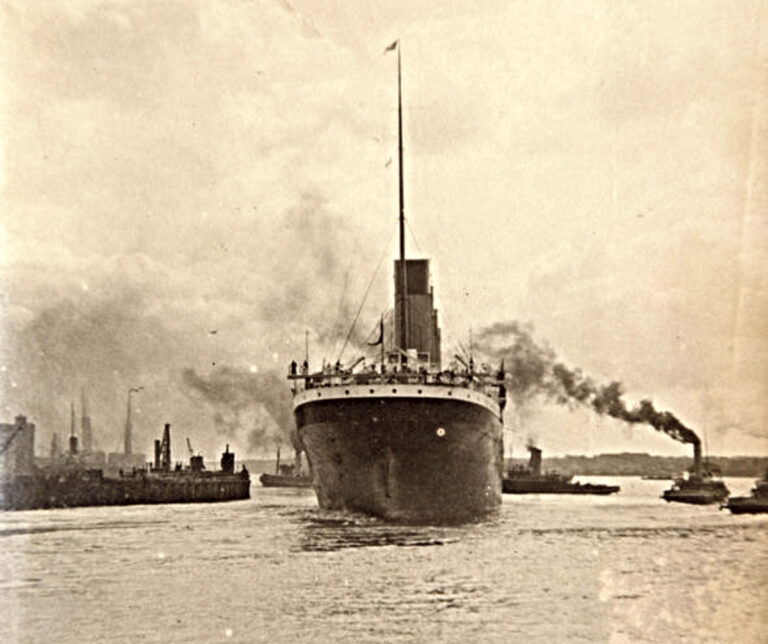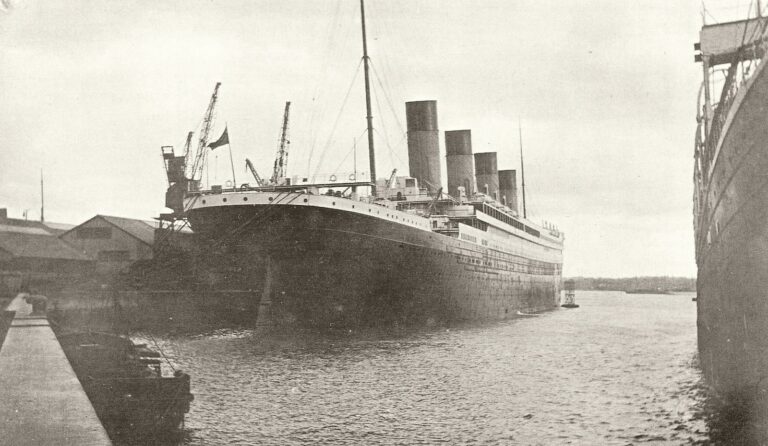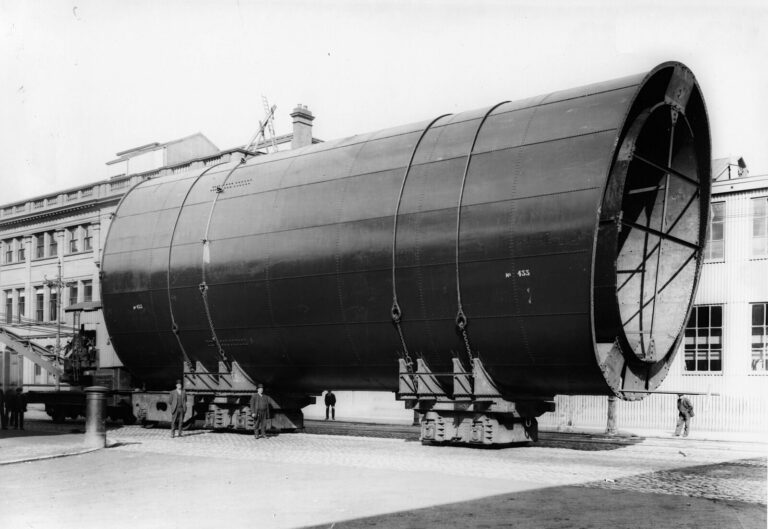"For Those Few Minutes, the Ship was Alive Again": Adolphe Saalfeld
Adolphe Saalfeld called himself a chemical merchant.
More specifically, he was a self-made man of business who dealt in perfumes.
His wholesale firm, called Sparks-White & Co., Ltd., was a distillery of fragrance, created by chemists and marketed for global distribution. Adolphe was its head chairman.

Parfumerie Coudray, Paris. Date Unknown.
PUBLIC DOMAIN
Adolphe, who was 47 years old, was bound for America on a pleasure trip: he planned to see Niagara Falls, and visit both Montreal and Chicago.
He also traveled with the intention to promote his perfumes as a wholesale distributor to potential clientele, or perhaps establish a brand-new stateside outlet for his perfumes.
He boarded the Titanic in Southampton on April 10, 1912, as a First-class passenger. Adolphe would occupy a cabin on C Deck.
With him, he carried leather satchels, which altogether contained over 60 small vials of perfume oils.
Before officially embarking, Adolphe had taken a tour of the ship with his nephew and fellow chemist, Paul Danby. Paul wrote back to his wife in awe of Titanic’s luxuries, describing it as “wonderfully appointed.”
Adolphe wrote a letter to his own wife, Gertrude, on the same day. In this and subsequent letters, he calls her “Wifey.”
Both Adolphe and Paul took pride in believing that they had written the very first letters on board Titanic.
Adolphe would write a second letter to his beloved Gertrude later in the evening.
"Dear Wifey,
...It is not nice to travel alone and leave you behind. I think you will have to come next time... I have a small table for two to myself. I had a very good dinner and to finish had two cigars in the smoke room and shall now go to bed as I am tired...
So far, apart from occasional remarks I have not spoken to anyone. I want to keep quiet and have a thorough rest. As I do not know whether I will be up in time for the mail at Queenstown, I am posting this letter tonight. A kiss for you and love to all from your loving husband."
Citation from "On Board R.M.S. Titanic" by George Behe, 2012.
Adolphe was very clear in his intention to preserve his solitude on the journey. And so--outside of his own correspondence to Gertrude--his movements throughout the voyage are not well-documented.
At the time of the collision with iceberg on April 14th, Adolphe reported that he was in the First-class Smoking Lounge.
He also wrote that the iceberg was more than visible to the passengers as Titanic scraped by.
In smoking room on Sunday night 11.45 -- slight jar felt which for a moment made us think some breakage machinery, but soon engines stopped and stepping from verandah cafe iceberg plainly seen and felt.
Citation from "On Board R.M.S. Titanic" by George Behe, 2012.
To date, it has not been proven which lifeboat saved Adolphe Saalfeld on the night Titanic sank. But it is often reported to have been Lifeboat No. 3.
This boat, along with all the other odd-numbered vessels, was launched from the starboard side by First Officer William Murdoch—who, in spite of the Captain’s decree—permitted men to board lifeboats once women and children were scant about.
Adolphe seems to have taken to a lifeboat early in the sinking. He left all of his belongings behind--including the satchels that carried his perfume samples.
"...saw boats being lowered and noticed general reluctance people going into them. Then I saw a few men and women go into a boat and I followed and when lowered pushed off, and rowed some distance fearing suction in case Titanic sinking -- All expected to go back after damage patched up, but as we drifted away gradually, saw Titanic sink lower and lower and finally lights on her went out, and others in my boat said that they saw her disappear. Our boat was then nearly 2 miles away but pitiful cries could be plainly heard."
Citation from "On Board R.M.S. Titanic" by George Behe, 2012.
After the sinking, Adolphe’s plans for his new American parfumerie do not appear to have been fruitful; it is likely that they were entirely undermined. As an affluent male survivor of the Titanic disaster, Adolphe was reported ostracized from society.
He returned to England and his beloved Wifey, Gertrude.
Family members later claimed that Adolphe’s experiences on Titanic robbed him of sound sleep for the rest of his life.
He reportedly took the calling upon his chauffeur, a man known as Patch, to drive him about the emptied streets into the wee hours of the morning, until he could at last doze off.
Adolphe Saalfeld passed away in 1926 at the age of 61.
But his was a story unfinished, even with his death.
In 2000, a leather satchel was recovered from the Titanic's wreck site. Crumbling but whole after nearly nine decades on the seafloor, the bag still bore Adolphe's name.
His perfume samples were still contained within. A few vials had broken open, but most were found to be intact.
Historian, artifact curator, and Titanic expert Bill Sauder described the moment that Adolphe Saalfeld's satchel was opened to the world above, for the first time since 1912.
"The one thing I'll remember about Titanic artifacts until the day I die is when the Saalfeld perfume vials came up.
When you recover things from the Titanic: it's wet; it's rusty, and it's rotten. And the smell that comes off of it is perfectly alien, perfectly fetid; you know it's a kind of death you have never experienced.
And so the lab is kind of unpleasant. And then all of a sudden somebody opens up this satchel--this leather satchel--and out comes the fragrance of heaven... It's all these flowers and fruity flavors, and it's delicious. It's the most wonderful thing you've ever had.
It was just a complete overwhelming experience. It was like, all of a sudden the fragrance of heaven, you know, kind of moves through the room. So instead of being surrounded by all of these dead things, um... for those few minutes, the ship was alive again."
The memory of this extraordinary, ethereal moment moved Mr. Sauder to tears.
SOURCE MATERIAL
Behe, George. "On Board RMS Titanic: Memories of the Maiden Voyage." The History Press, 2012.
National Geographic. "Titanic: The Final Word with James Cameron." Directed by Tony Gerber. 2012.
https://www.encyclopedia-titanica.org/titanic-survivor/adolphe-saalfeld.html
https://abcnews.go.com/amp/Business/story?id=88333&page=1
https://web.archive.org/web/20020207165433/http://www.rmstitanic.net/rmst/news/rms_news3.htm
